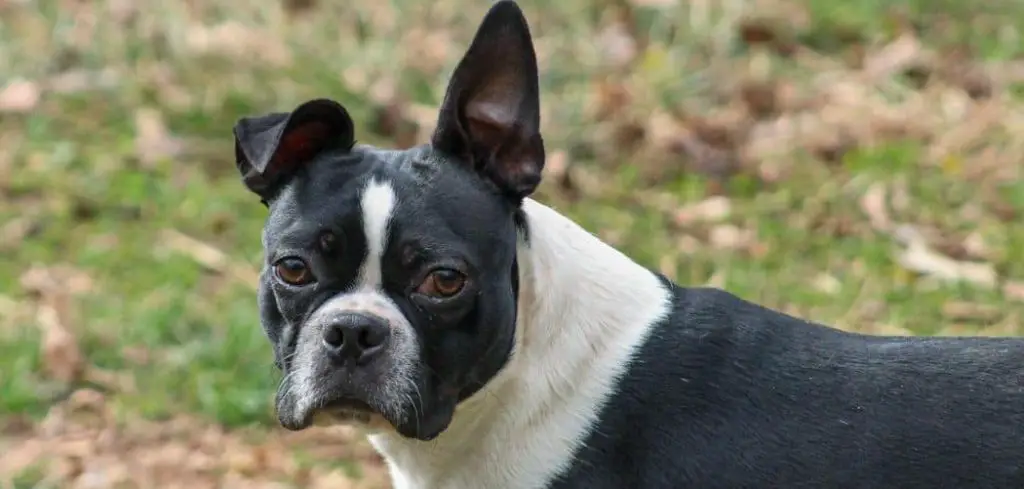If your dog is suddenly drinking a lot more water but seems completely normal otherwise—eating well, playful, and not showing any outward symptoms—it can still be a sign of something brewing beneath the surface. Sometimes, subtle changes like this are the body’s early alarm bells.
We outline the common causes of dog drinking a lot of water no other symptoms, what you can do at home, and when to seek veterinary help
Dog Drinking a Lot of Water No Other Symptoms — Why It Happens
When dogs drink more than usual without other obvious symptoms, it may point to early stages of kidney disease, diabetes, hormonal imbalances, dietary causes, or behavioral factors.
Even in the absence of vomiting, lethargy, or appetite changes, persistent thirst is worth monitoring closely.

Common Causes of Dog Drinking a Lot of Water No Other Symptoms
Early Kidney Disease
In the early stages of kidney dysfunction, the kidneys lose efficiency at concentrating urine. As a result, your dog may begin to urinate more and drink more to compensate.
At this point, there may be no vomiting, weight loss, or appetite issues—but damage is slowly occurring.
Routine bloodwork and urinalysis can detect kidney changes before they become serious. Early diagnosis is key to slowing disease progression.
Diabetes Mellitus (Early Onset)
One of the hallmark signs of diabetes in dogs is increased water consumption, even before other symptoms like increased appetite, weight loss, or lethargy set in.
Excess glucose in the blood spills into the urine, pulling water with it. Your dog may appear perfectly healthy at first, but the metabolic imbalance is already forming.
Checking glucose levels through blood and urine tests can catch the condition in its early, manageable phase.
Cushing’s Disease (Mild Presentation)
Cushing’s disease (hyperadrenocorticism) causes the adrenal glands to overproduce cortisol. This hormone can increase thirst and urination, even in otherwise happy, energetic dogs.
Early Cushing’s may not present with hair loss or lethargy—just more drinking and peeing.
Long-term, it can cause muscle wasting, a pot-bellied appearance, or panting. Hormone testing confirms the diagnosis.
Related: Dog drinking a lot of water and not eating (Here’s why)
High-Sodium Diet or Dehydrating Treats
Some commercial dog foods, jerky treats, and processed chews contain more salt than necessary.
This can drive your dog to drink more water, even if they’re healthy overall.
If your dog is suddenly more thirsty, check labels on their kibble and treats. Also consider if they’ve had table scraps or access to salty foods recently.
Warmer Weather or Increased Activity
Dogs naturally drink more during hot weather, after play, or following long walks. If your dog’s increased thirst lines up with heat or activity, this may be a normal physiological response.
However, if drinking remains excessive after activity ends, it’s best to investigate further.
Behavioral or Compulsive Drinking
Some dogs develop compulsive behaviors like drinking excessively when bored, anxious, or under-stimulated.
This can mimic medical polyuria and polydipsia, but without underlying disease. These dogs may drink out of habit rather than need.
If all medical tests come back normal, your vet may explore behavioral causes and suggest enrichment, puzzle toys, or calming routines.
What to Do If Your Dog Is Drinking a Lot Without Other Symptoms
Start by measuring how much water your dog drinks over 24 hours. Normal water intake is about 1 ounce per pound of body weight per day. Significantly more could indicate an issue.
Watch for subtle signs over several days—changes in urination, appetite, or energy may appear gradually.
Review your dog’s food and treats for high sodium content or changes that may influence thirst.
Avoid restricting water unless advised by a vet—dehydration can worsen underlying problems.
Keep notes on behavior and hydration to share with your vet for better diagnostic insight.
When to Call or Visit Your Vet
Schedule a vet visit if your dog:
Drinks significantly more than normal for more than 2 days
Begins to urinate more frequently or has accidents
Shows even mild changes in weight, appetite, or behavior
Is a senior dog or has a history of metabolic or kidney conditions
Your vet will likely run bloodwork, a urinalysis, and possibly hormone panels to catch early disease.
Even without other symptoms, early intervention can prevent serious progression.
Read more: Dog Drinking a Lot More Water Than Usual (Here’s what it could mean)
Key Takeaway
Even if your dog seems totally fine otherwise, a noticeable uptick in water intake could be the first sign of a deeper issue like kidney disease, diabetes, or Cushing’s.
Don’t ignore this change—track intake, observe closely, and talk to your vet for peace of mind and proactive care.
